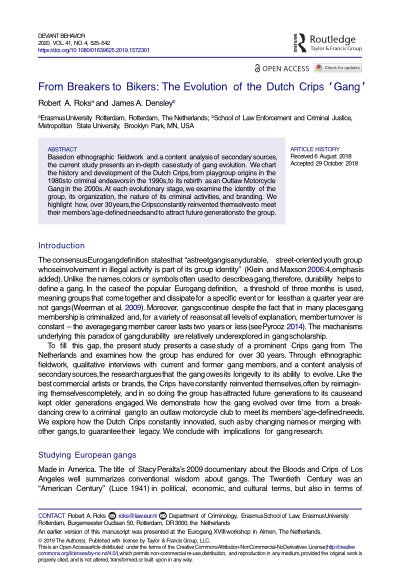Edited by Armon J. Tamatea, Andrew J. Day and & David J. Cooke
Preventing Prison Violence introduces the idea of ‘prison ecologies’ – a multi-layered perspective to understanding prison violence as a ‘product’ of human, environment (social and physical), systemic, and societal influences – and how an ecological approach is helpful to prevention efforts.
Interpersonal violence is a global concern and a significant cause of death around the world. In prisons, the human, financial, and health burden of violence presents a significant social issue – as well as a ‘wicked problem’ that does not permit of simplistic solutions. Recent innovations in data capture means that questions about violence, gang-affiliations, and prisons that could not be answered previously can now be explored. The central theme of this book is that prisons are ‘ecologies’ – spaces where people, resources, and the built environment are interrelated – and that violence is a product of a complex of interpersonal and environmental factors that increase the likelihood of assault – but also provide opportunities for solutions. Drawing on psychology, geography, indigenous knowledge, gang culture, and predictive modelling, this book expands beyond the conventional individual-focused ‘assessment-intervention-prevention’ approach to research in this field, towards a holistic and ecological way of thinking that recognises individual, organisational, and cultural factors, as well as the role of the physical environment itself in the facilitation and prohibition of aggression.
Providing a comprehensive resource for those who are interested in making prisons safer; firmly based in contemporary research and theory, Preventing Prison Violence will be of great interest to students and scholars of Penology, Violence and Forensic Psychology, as well as to professionals working in criminal justice settings.
London; New York: Routledge, 2023.





















